
Articles on Life on Mars
Displaying 1 - 20 of 42 articles

Determining whether or not life exists on another planet is an extraordinarily complicated – and expensive – scientific endeavor.

In sci-fi depictions, extraterrestrial habitats have evolved tandem with scientific understanding of conditions on planets

Mars is the fourth planet from the Sun and one of our closest neighbors in space. But it’s not a very welcoming place for an Earthling to visit.

NASA’s successful Mars landing will reveal yet more secrets from the red planet. But there is much we already know from Martian fragments that found their way to Earth.

Methane gas in the atmosphere is a tantalising hint suggesting that life could exists on Mars.

Scientists preparing to land the Rosalind Franklin rover in a few years are nervously awaiting the landing of Nasa’s Perseverance rover.

Of the three probes to reach Mars this month, only two will land. But they will add to our growing knowledge of the red planet, and the search for evidence of life.
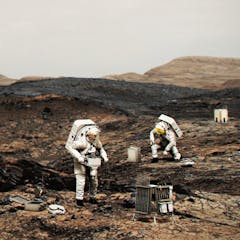
We’ve already sent probes to land on Mars. The challenge now is to get people there and bring them home again.

New findings boost chances of finding life on Mars, but there are better candidates in the solar system.
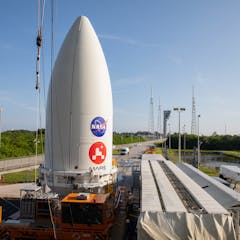
Australian scientists have been working on NASA’s latest Mars mission for years.

This summer, NASA’s Mars Perseverance rover is taking the next giant leap in our search for signs of life beyond Earth.
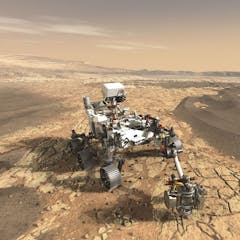
Martian meteorites allow scientists here on Earth to decode that planet’s geology, more than a decade before the first missions are scheduled to bring rocks back home from Mars.

New research shows how rock features that look like fossilised microbes can form without life.
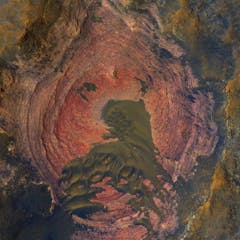
It’s established Mars was once a planet with surface-level water. So with multiple MARS missions starting next year, the key to seeking out martian life may instead lie in the contents of its ‘dust’.
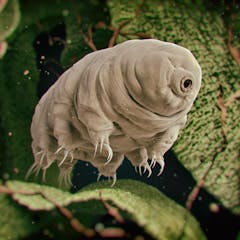
An Israeli spacecraft carrying tardigrades crashed into the moon. Whether they will survive is irrelevant.

The ancient question ‘Are we alone?’ has graduated from being a philosophical musing to a testable hypothesis. We should be prepared for an answer.
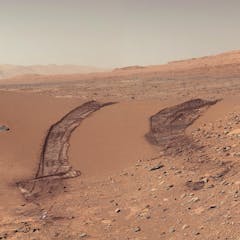
Mars has long captured our imagination, from claims of canals to Martian attacks and now our latest NASA exploration to look inside the red planet.

NASA’s InSight Mars lander touches down Nov. 26, part of a careful robotic approach to exploring the red planet. But human exploration of Mars will inevitably introduce Earth life. Are you OK with that?

Elon Musk may be disappointed by recent studies threatening his plans to go to Mars, but planetary scientists are breathing a sigh of relief.

If humans are to live on Mars they will need a stable supply of food. Earth plants are not suited to the Mars climate but we can engineer plants that are.
